What Really Works for Anti-Aging Skincare
Anti-Aging for Body Areas: Don’t Forget These Zones!
When it comes to anti-aging, we often focus on the face, but other body areas also need attention:
Neck
- Why It Ages: Skin on the neck is thinner and more delicate, making it prone to sagging, fine lines, and wrinkles.
- What to Do: Use firming creams with peptides or vitamin C to keep the skin firm and bright.
Chest (Décolletage)
- Why It Ages: Exposure to the sun and lack of hydration leads to age spots and wrinkles.
- What to Do: Apply sunscreen daily, and use products with hyaluronic acid or retinol to smooth and plump the skin.
Hands
- Why It Ages: Hands are exposed to environmental stress, sun, and frequent washing, which can lead to dark spots, wrinkles, and thinning skin.
- What to Do: Regularly moisturize with rich hand creams that include SPF and retinol to reduce dark spots and signs of aging.
When to Start Using Anti-Aging Products: The Earlier, The Better
You might think anti-aging skincare is something you don’t need until you’re much older, but the truth is, signs of aging can start showing as early as your mid-20s! Wrinkles and fine lines often begin forming around this time, so it’s a good idea to start thinking about anti-aging products sooner rather than later.
Start with the Basics:
- Moisturizers: Look for ones with antioxidants like vitamin C or E, which help protect your skin from free radicals and keep it hydrated.
- Sunscreen: Always, always use SPF! Sun damage is one of the main culprits behind aging skin.
Gradually Add Targeted Treatments:
- Serums: These are great for addressing specific concerns like wrinkles or dark spots.
- Night Creams: Look for ones that promote skin regeneration and hydration while you sleep.
Pro Tip:
You don’t need to dive into every anti-aging product out there right away—start slow and build up as your skin needs it!
Applying Anti-Aging Products Correctly
It’s not just about the products, but how you apply them! Gentle application can really make a difference.
- For your neck: Use upward strokes when applying your anti-aging cream. The neck area tends to show signs of aging quickly, so being gentle yet firm can help improve elasticity.
- For frown lines: Work from the inner brows to your temples. This upward motion can encourage smoother skin and reduce the appearance of those stubborn lines.
- For crow’s feet: Tap gently around the eyes using your ring finger (it’s the gentlest one!). A soft tap encourages plumping and prevents skin from being stretched.
These little touches can enhance the absorption and effectiveness of your anti-aging products.
Healthy Lifestyle and Aging
Aging isn’t just about what you put on your skin—it’s also about how you take care of your body overall!
- Balanced Diet: Eating nutrient-rich foods full of antioxidants (think berries, leafy greens, and healthy fats) can protect your skin from aging damage caused by free radicals.
- Hydration: Drinking plenty of water is key! It helps keep your skin plump and youthful.
- Exercise: Physical activity increases blood circulation, which in turn helps deliver more nutrients to your skin, making it glow from within.
Richer Creams Are Not Always Better
When it comes to anti-aging, heavier creams aren’t always the magic solution. It’s easy to assume that thicker, richer creams have more power, but what really makes a difference is the concentration of active ingredients.
- Active ingredients like retinol, peptides, and antioxidants are the key players in combating signs of aging, not the cream’s texture.
- Consistency is key—using a product with the right ingredients over time is what brings real results.
- Lighter creams with potent active ingredients can sometimes be more effective than a rich, heavy cream without the same level of potency.
So, instead of opting for the thickest cream you can find, focus on the ingredients that address your specific skin concerns, and be patient for the results to appear. It’s about quality, not just quantity!
Anti-Aging vs. Anti-Wrinkle: What’s the Difference?
| Category | Anti-Aging | Anti-Wrinkle |
|---|---|---|
| Focus | Targets a wide range of age-related concerns | Specifically targets wrinkles and fine lines |
| Main Purpose | Addresses dryness, dullness, age spots, loss of elasticity, and overall skin health | Smooths out wrinkles, creases, and fine lines |
| Ingredients | Retinol, peptides, antioxidants, moisturizers, vitamin C | Retinol, hyaluronic acid, peptides, collagen boosters |
| Who It’s For | Ideal for overall aging prevention and skin maintenance | Best for those with visible wrinkles or fine lines |
| Result | Promotes youthful skin, boosts hydration, and improves skin texture | Reduces the appearance of wrinkles and firms the skin |
Quick Recap:
- Anti-Aging: Broad-spectrum care for all signs of aging (age spots, dryness, elasticity, etc.).
- Anti-Wrinkle: Specifically focuses on wrinkles and fine lines.
Moisturizer vs. Anti-Aging Cream: What’s the Difference?
| Category | Moisturizer | Anti-Aging Cream |
|---|---|---|
| Primary Function | Hydrates and locks in moisture | Hydrates + targets multiple signs of aging |
| Target Concerns | Dryness, skin hydration | Fine lines, wrinkles, loss of volume, dehydration |
| Key Ingredients | Water, oils, glycerin, humectants | Retinol, peptides, antioxidants, hyaluronic acid |
| Who It’s For | Suitable for all skin types to keep skin hydrated | Best for skin showing early signs of aging (wrinkles, loss of firmness) |
| Additional Benefits | Helps maintain a healthy moisture balance | Firms, smooths, brightens, and improves elasticity |
| Result | Skin feels soft, supple, and hydrated | Reduces wrinkles, restores youthful appearance, and hydrates deeply |
Quick Recap:
- Moisturizer: Focuses mainly on hydration.
- Anti-Aging Cream: Goes beyond hydration by addressing fine lines, wrinkles, and skin texture issues.
Serums vs. Creams: What’s the Difference?
When it comes to anti-aging skincare, serums and creams serve different purposes, but both are essential for a complete routine!
Serums:
- Deep Penetration: They have a lighter consistency, so they sink deeper into the skin to deliver active ingredients where they’re needed most.
- Focused Treatment: Think of serums as your skin’s problem-solvers—whether it’s wrinkles, fine lines, or dark spots, they target specific concerns with potent ingredients like peptides, retinol, and vitamin C.
Creams:
- Moisturizing Power: While creams are thicker, they work to lock in moisture and seal in the goodness from serums.
- All-around Protection: They’re like the finishing touch that keeps your skin hydrated and protected from daily environmental stressors.
How to Use Them Together:
- Apply serum first when your skin is clean (it’s better absorbed on slightly damp skin).
- Then follow up with your anti-aging moisturizer to hydrate and lock everything in.

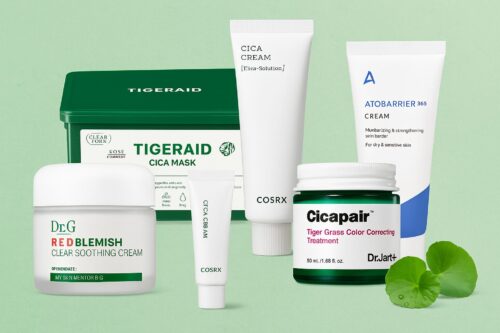
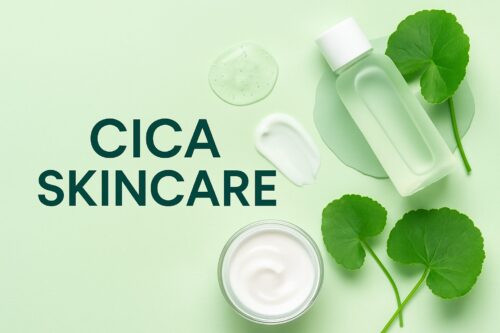
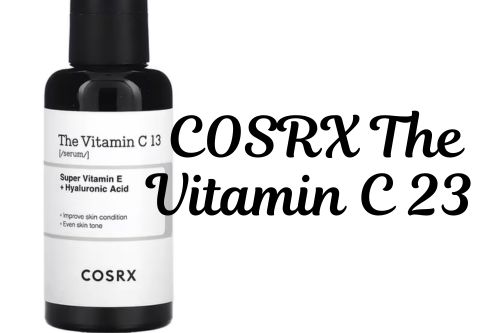
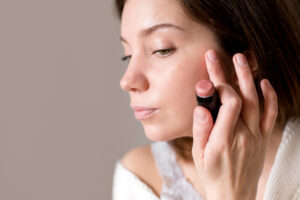
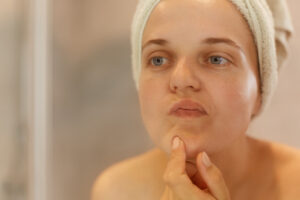
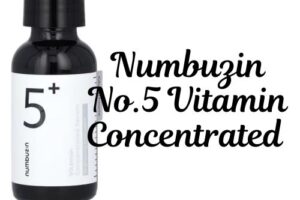
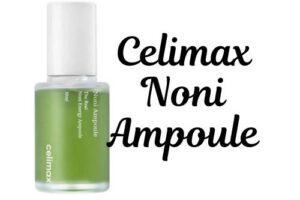
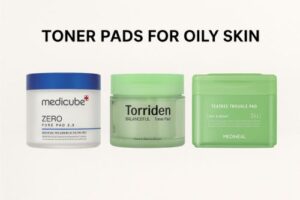
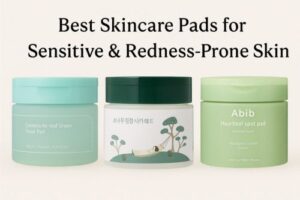
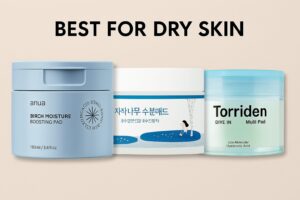
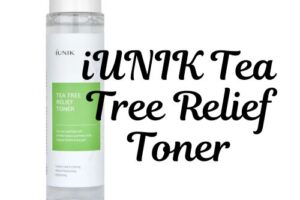
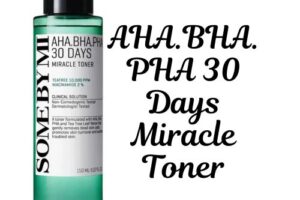
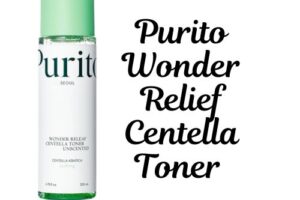
Post Comment